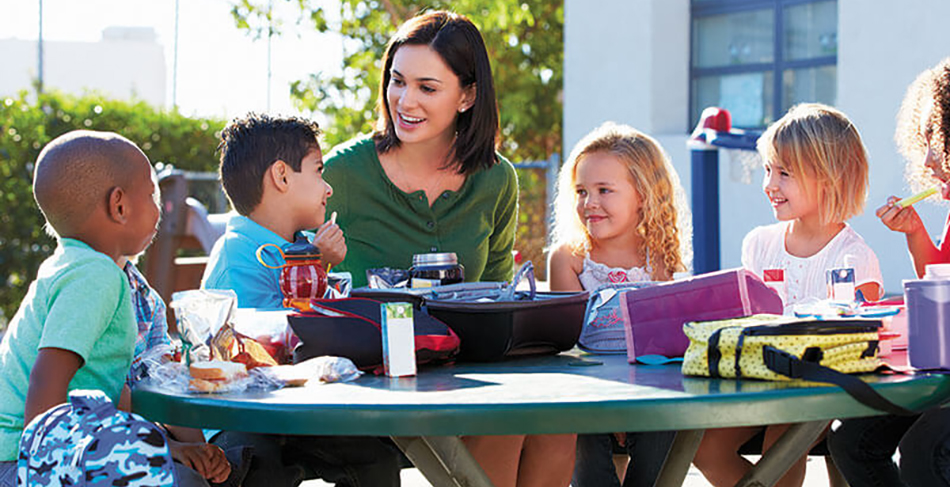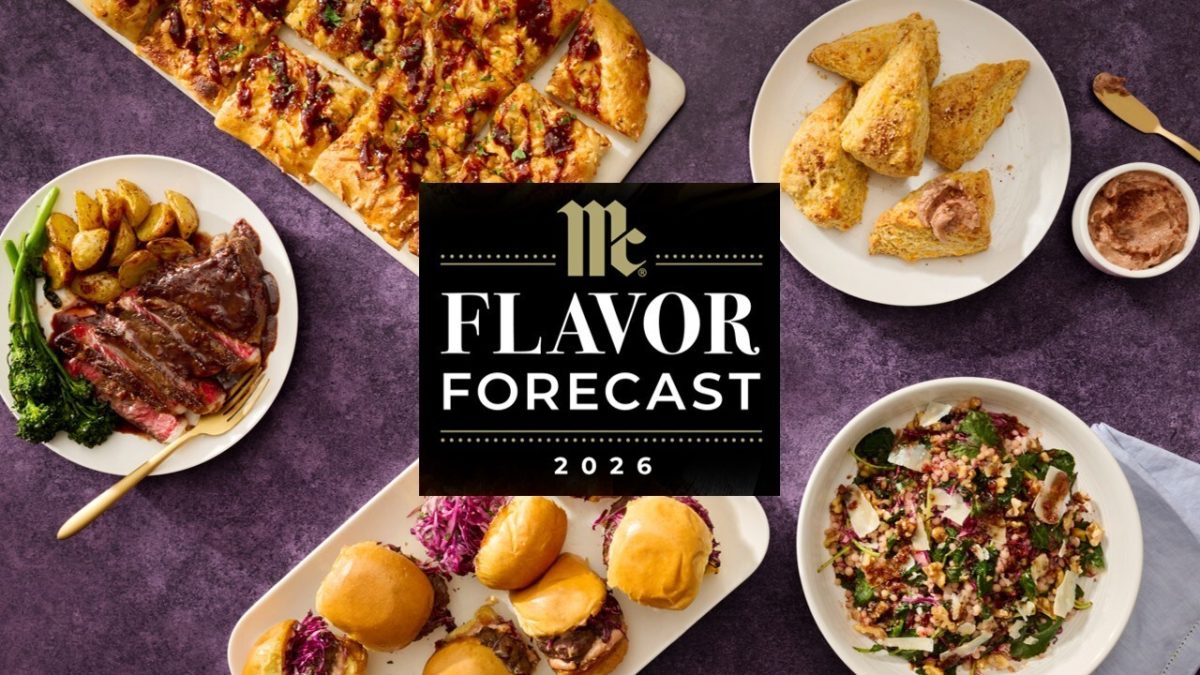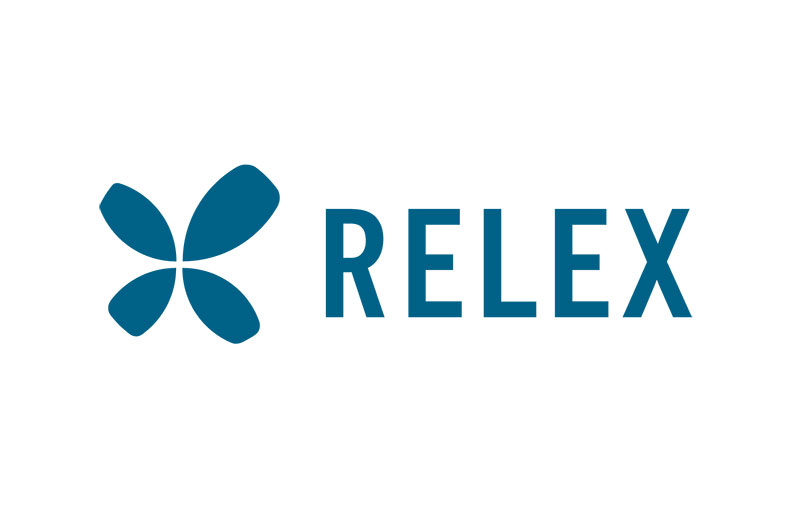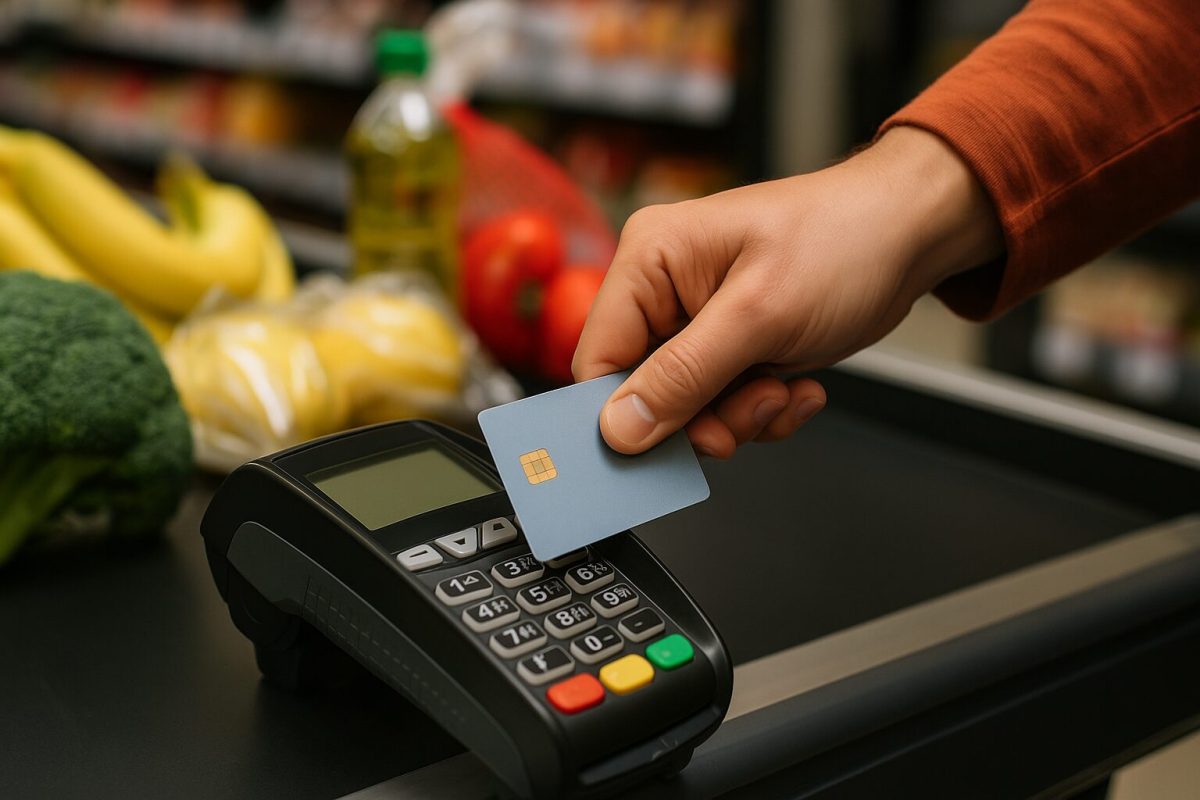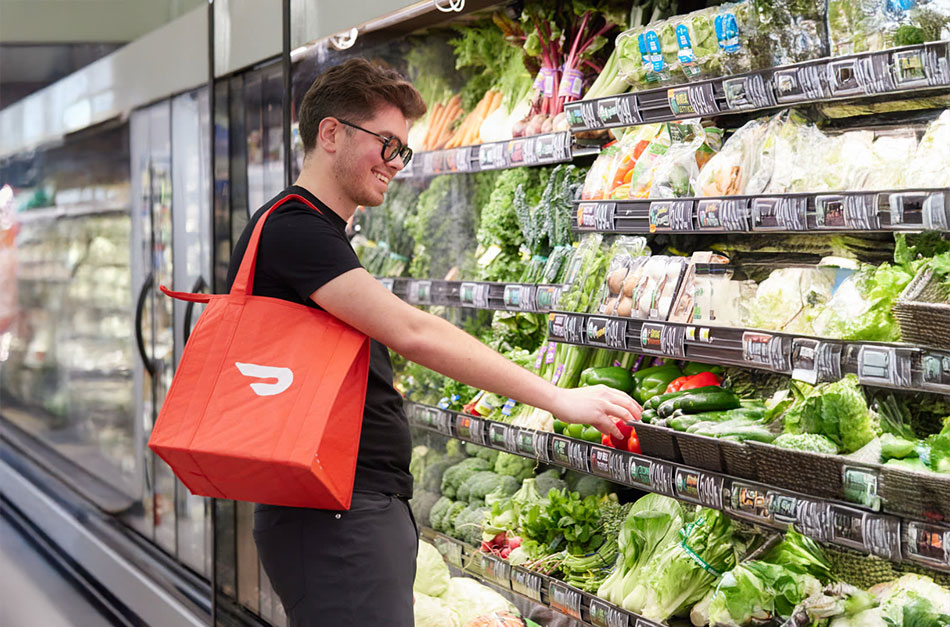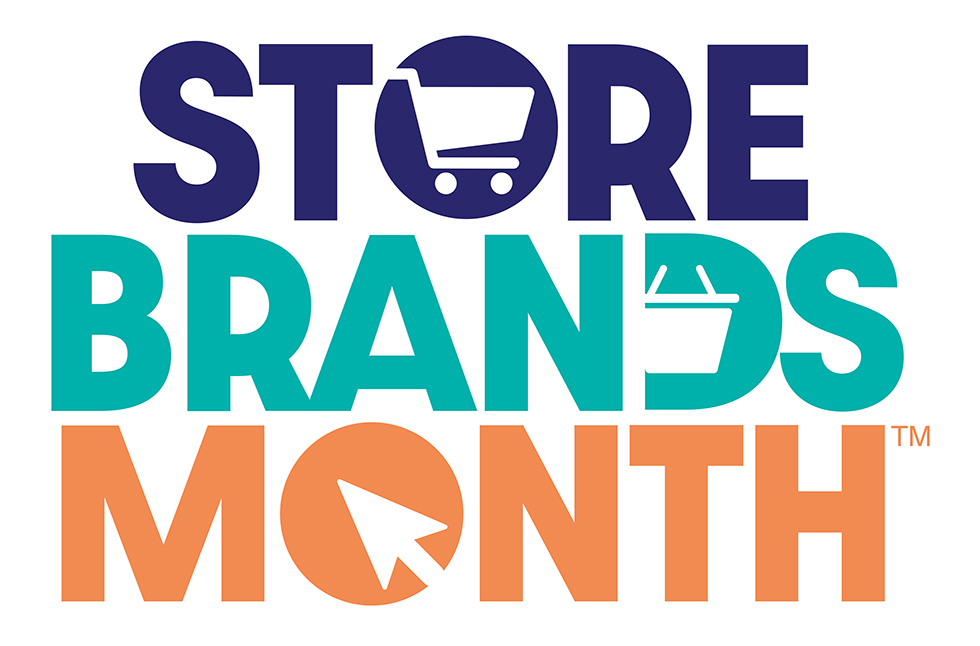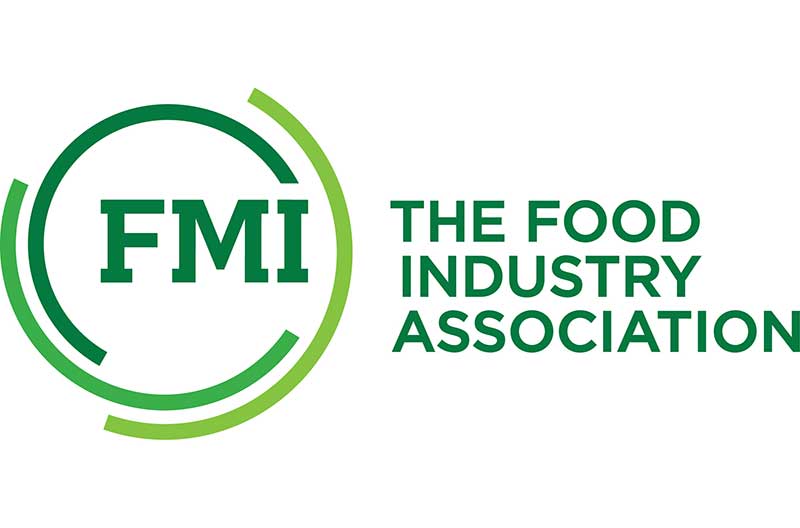New International Housewares Association (IHA) research reveals that home and housewares products are increasingly central to how consumers plan to entertain and celebrate key life moments in 2026, according to the 2026 IHA Occasions and At-Home Entertaining Surveys released this week. The annual surveys — conducted for IHA by Morning Consult — provide detailed insights […]
Category: National
McCormick Names Black Currant As 2026 Flavor Of The Year
McCormick and Co. has proclaimed the 2026 Flavor of the Year as black currant, a berry it said has a balanced flavor profile that blends sweet, tart and rich taste notes. The announcement came alongside McCormick’s 2026 Flavor Forecast, an annual trend report that identifies emerging culinary flavors expected to shape how people prepare and […]
RELEX Solutions Acquires Ida To Strengthen Fresh Store Ordering Capabilities
RELEX Solutions, a provider of unified artificial intelligence-driven supply chain and retail planning software, has acquired Ida, a Paris-based SaaS developer of AI-native fresh replenishment and store ordering optimization technology. The acquisition enhances RELEX’s platform with new capabilities aimed at improving fresh and ultra-fresh category planning for grocery retailers worldwide. Ida’s software focuses on replenishment […]
FMI, Coalition Ask Federal Reserve To Finalize Debit Card Swipe Fee Reform
FMI – The Food Industry Association joined a coalition of merchant industry organizations representing Main Street businesses nationwide in urging the Federal Reserve to move forward and finalize its long-pending debit card swipe fee reform rule. The rule stems from the Durbin Amendment, enacted in 2010, which directed the Fed to ensure debit card interchange […]
DoorDash Brings Grocery Shopping Into ChatGPT With Integrated App
DoorDash has announced a new grocery shopping app integrated into ChatGPT that lets customers turn recipes into grocery orders, with delivery from local stores in potentially an hour. The partnership with OpenAI represents an expansion of DoorDash’s services into artificial intelligence-enabled retail commerce. According to DoorDash, more customers increasingly turn to ChatGPT for recipes, meal […]
PLMA Preps For National Store Brands Month In January
Store Brands Month returns Jan. 1 with a nationwide, consumer-focused awareness campaign designed to spotlight the quality, innovation and value of private label products. Created by the Private Label Manufacturers Association (PLMA), the program is an industry-wide initiative that educates consumers about the breadth of store brand products available at supermarkets, club and convenience stores, […]
FMI Urges Congress To Preserve Pharmacy Operations Through PBM Reform
FMI – The Food Industry Association is reminding Congress that pharmacy benefit manager (PBM) reform, not just transparency, is the only way to preserve the viability of supermarket pharmacies and patient access to them in communities across the country. FMI Chief Public Policy Officer Jennifer Hatcher issued the following statement: “FMI and our members operate […]
Mill, Amazon Partner On Food Waste Technology For Whole Foods Market
Amazon and Mill Industries Inc. are partnering to bring food waste conversion technology to Whole Foods Market stores, marking the grocery industry’s first on-site solution of its kind. Starting in 2027, fruit and vegetable scraps from back-of-house operations will be processed by Mill Commercial, the company’s automated, high-capacity food recycling infrastructure, and converted into a […]

